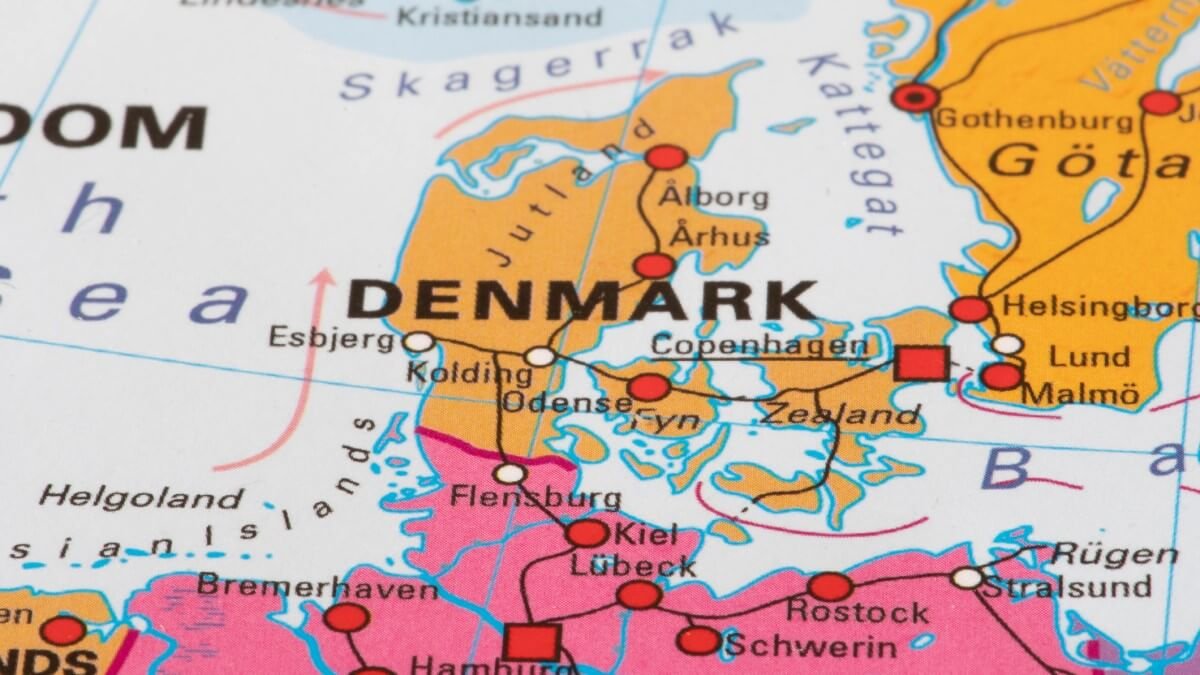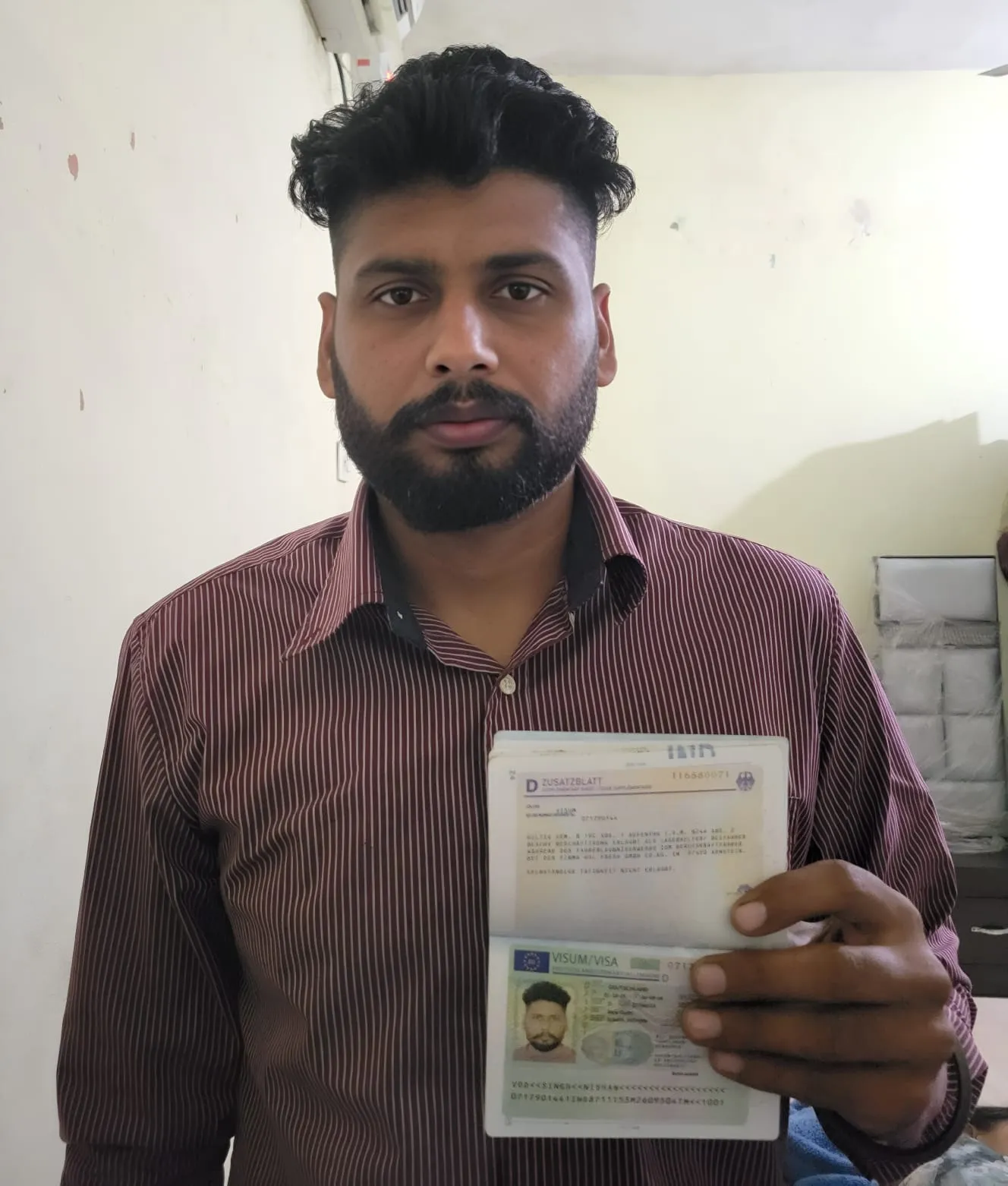

Denmark Struggling to Accommodate Newly Arriving Refugees From Ukraine
In a statement issued on May 18, the Commission also noted that this figure is low compared to figures marked in many other EU countries, AtoZSerwisPlus.com reports.
“Denmark has been hosting a historically low number of refugees since 2016 and is already experiencing housing shortages and rising prices, so accommodating these new arrivals from Ukraine presents a challenge,” the statement reads.
It also notes that Denmark usually distributes refugees among its 98 municipalities through a common system, which works well and can serve as an example of good practice to inspire a future EU distribution system.
“Every year, distribution quotas are determined based on different criteria, particularly the number of refugees and immigrants already residing in each municipality. Municipalities are told in advance of how many people they should prepare to receive and are given notice 30 – 60 days before each person arrives. This allows time to organise the appropriate accommodation,” the statement also explains.
According to the Commission, the Special Act for Ukrainians gives municipalities only four days to prepare for the reception of newcomers. People arriving independently in Denmark from Ukraine to be received by a friend or family member are eligible to stay in that municipality.
At the same time, this affects the distribution process and puts additional pressure on the Danish municipalities.
The government prepared this model of distribution of people coming from Ukraine very quickly, and the same is turning out to be problematic for some municipalities.
Instead of considering the number of refugees housed by each municipality, the distribution will now be per capita, meaning that larger cities and densely populated areas are already facing serious accommodation shortages. As a result, high prices will be required to find space to accommodate as many people as possible.
The Commission also points out that Copenhagen Municipality does not have cheap accommodation and that newcomers from Ukraine are currently being accommodated in hotels. Moreover, the new distribution model will send more arrivals to Copenhagen, Aarhus and the surrounding provinces.
The main problem in these two countries, like Copenhagen and Aarhus, lies in the high prices of apartments and rents per square metre, sometimes known to be 15 times higher than in the rest of the country, but the social benefit rates set by the state are the same across the country.
Housing in Copenhagen and Aarhus will be very difficult for Ukrainian refugees because wages are higher in Copenhagen on average, but not for the types of unskilled jobs that refugees in Denmark need to accept more often.
In this regard, the Minister for Integration and Immigration Mattias Tesfaye has expressed an idea to construct temporary “villages” for newcomers from Ukraine, using improvised housing as containers and mobile huts.
According to him, seeing the lack of teachers for newly arrived children, these villages will include schools where Ukrainians themselves would teach their children. So the municipality of Copenhagen has already designated an area in which it is planned to house 330 Ukrainians in a temporary village over the next three years, and the estimated cost of which is 71 million DKK or €9.5 million.


















